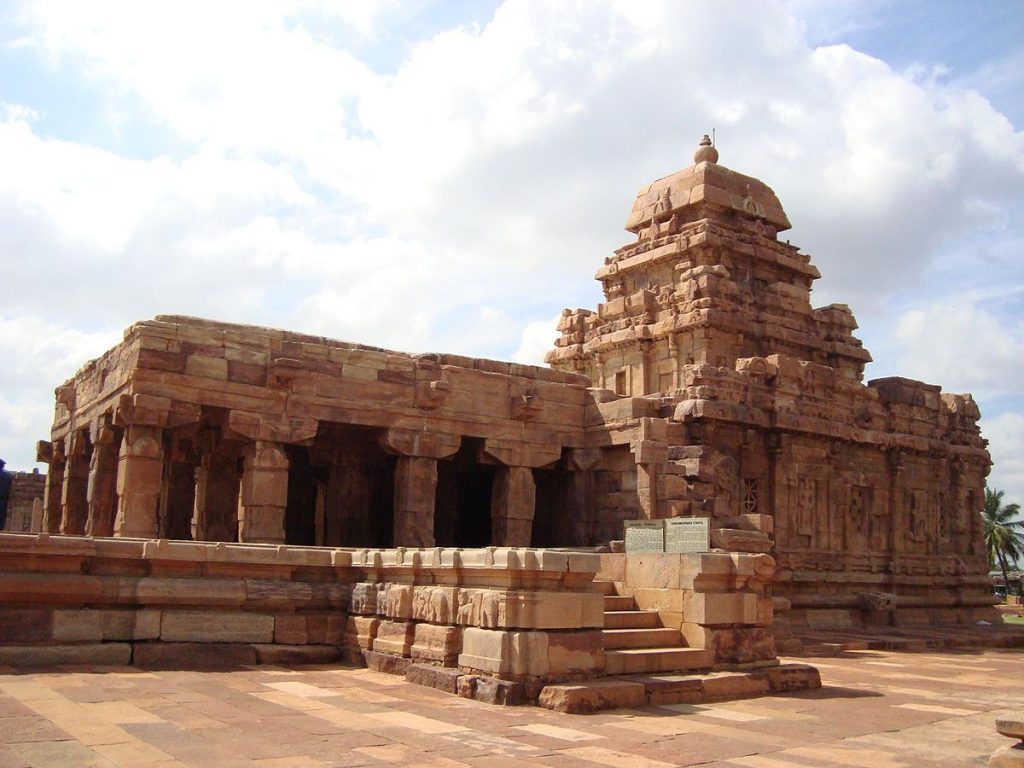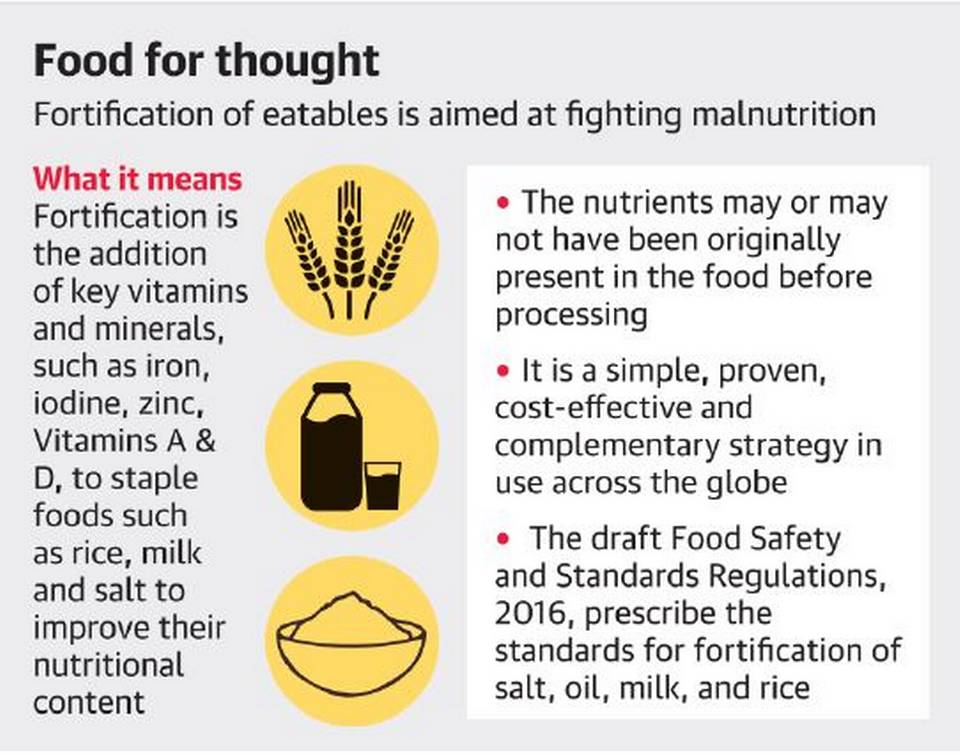Skip to content

Ganga Praharis
- They are new grassroot-level volunteers to protect the bio-diversity of river Ganga.
- They are roped-in by Wildlife Institute of India (WII), Dehradun as part of the “Biodiversity Conservation and Ganga Rejuvenation” project being sponsored by National Mission for Clean Ganga (NMCG) under the aegis of the Namami Gange programme.
Generic Medicine
- Generic medicines are unbranded medicines which are equally safe and having the same efficacy as that of branded medicines in terms of their therapeutic value.
- The prices of generic medicines are much cheaper than their branded equivalent.
Janaushadhi Suvidha
- Jan Aushadhi Suvidha comes with a special additive, which makes Sanitary napkin biodegradable when it comes in contact with oxygen after being discarded.
- This would ensure ‘Swachhta, Swasthya and Suvidha’ for the underprivileged Women of India and go a long way in the achievement of vision of Affordable and Quality Healthcare for All.
Article-35A
- Article 35A is a provision incorporated in the Constitution giving the Jammu and Kashmir Legislature a carte blanche to decide who all are ‘permanent residents’ of the State and confer on them special rights and privileges in public sector jobs, acquisition of property in the State, scholarships and other public aid and welfare.
- The provision mandates that no act of the legislature coming under it can be challenged for violating the Constitution or any other law of the land.
- It was incorporated into the Constitution in 1954 by an order of the then President Rajendra Prasad on the advice of the Jawaharlal Nehru Cabinet.
Chalukya Temples

- The Badami Chalukya era (7th and 8th century) was an important period in the development of South Indian architecture.
- Their style of architecture is called “Chalukyan architecture” or “Karnata Dravida architecture”.
- Nearly a hundred monuments built by them, rock cut (cave) as well as structural, and are found in the Malaprabha river basin in modern Bagalkot district of northern Karnataka.
- The building material they used was reddish-golden Sandstone found locally. Though they ruled a vast empire, the Chalukyan workshops concentrated most of their temple building activity in a relatively small area within the Chalukyan heartland – Aihole, Badami, Pattadakal and Mahakuta in modern Karnataka state.
Food Fortification




